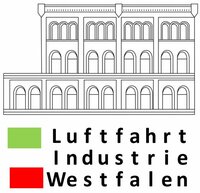Großformatige Fotografie des am Webersberg bei Weilburg gestrandeten Zeppelin-Luftschiffes. Unter dem Foto handschriftlich bezeichnet mit "Unglücksstätte Zeppelin II bei Weilburg 25. April 1910". Das Motiv zeigt den gegen den Berg gedrückten Z II oberhalb der Bahnstrecke und des Kur-Hotel-Webersberg. Unten rechts im Foto mit Prägestempel "Atelier [?]lume, Weilburg".
- - - - -
Der als Heeresluftschiff in Köln-Bickendorf stationierte LZ 5 - ZII war auf dem Rückflug von dem Manöver und der Luftschiffparade in Bad Homburg als er am 25. April 1910 bei Weilburg von starken Windböen abgetrieben und zerstört wurde.
en

